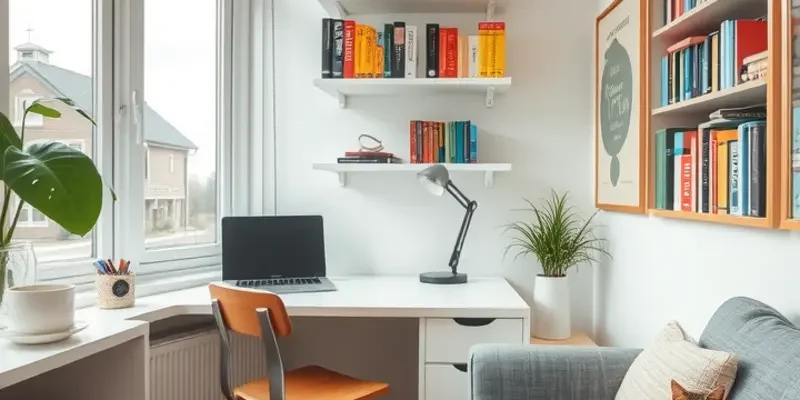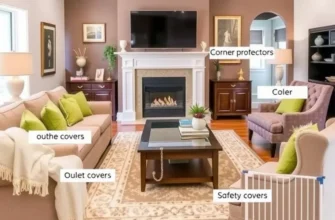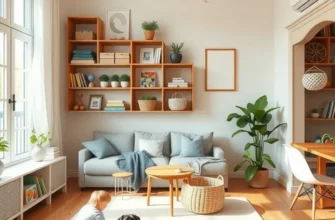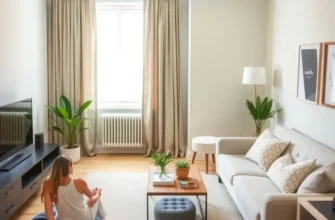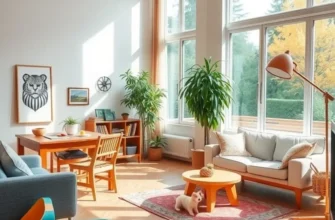Finding the right apartment that accommodates both children and pets while also offering a space conducive to study can be a challenge. Families, pet owners, and couples can create functional and inviting study areas even in limited spaces. These study nooks not only foster a productive atmosphere for children to work on their assignments and hobbies, but they also provide a secure environment for pets and kids to interact. By integrating thoughtful designs and practical setups, you can maintain comfort and functionality without compromising on safety. This guide offers insights into designing kids’ study areas that are perfect for busy families living in apartments. From choosing the right location to selecting furniture and materials, these steps will set you on the path to creating a beautiful study area that will work for everyone in your household.
Strategic Space Selection: Finding the Right Corner
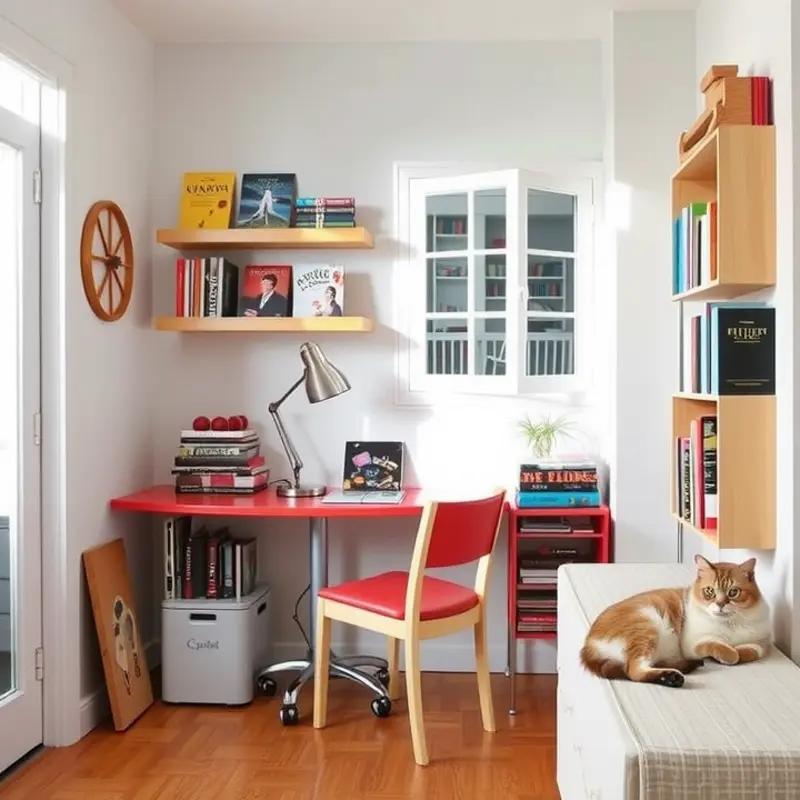
Choosing the right spot for a children’s study area within your apartment involves more than just allocating any open space. Ideally, the selected location should be conducive to concentration while being able to coexist with other household activities, including those involving pets. Below, we’ll examine strategic considerations for selecting an ideal study spot.
Evaluating potential spaces begins with assessing available areas. Apartments come in various layouts, often offering unique nooks and crannies that can transform into a cozy study zone. Consider spaces like an underutilized hallway corner or an area beneath a large window. These places often provide natural light, which is beneficial for concentration and reduces the strain on young eyes.
If you have a larger space, such as a living room or a shared bedroom, think about creating a partitioned section to sever distractions. Room dividers or bookshelves can serve as functional barriers, maintaining the room’s open feel while offering a specific area for study time. This approach is especially effective in open-plan apartments where dedicated rooms are scarce.
Safety is as important as functionality. Select areas away from electrical panels and ensure the spot is not near doors that open frequently. Consider an option that keeps your child visible from the main areas so you can monitor them while they study. This dual monitoring ensures they’re safe and attending to their tasks.
Consider the proximity of pet areas as well. Studies can be disrupted if a pet frequently passes through. Assess your apartment’s traffic patterns; select a quieter corner where your child can study undisturbed. If your child and pet often interact, a space near a pet-friendly area could facilitate positive downtime without detracting from learning.
A corner that offers adaptability to transitions is also beneficial. For instance, as study needs evolve, the area should accommodate additions like more bookshelves or an ergonomic chair. Quick transformations, like switching out decor or introducing new materials, can keep the zone fresh and inviting.
When implementing these strategies, an understanding of your child’s study habits can aid in making the right selection. Some children thrive in environments with some ambient noise, while others require silence. Tailor the area to fit their learning style.
If organization poses a challenge, integrating storage solutions can make a difference. Consider exploring DIY renter-safe organizers for ideas that maintain order without permanent changes to your apartment.
In selecting a space, consider all these aspects cohesively. A well-chosen study area becomes a nurturing ground for focused learning and creativity, carefully balancing the dynamics of a lively household with pets. The effort invested in this decision pays off with a seamless blend of comfort and utility.
Functional Furniture and Safety Considerations
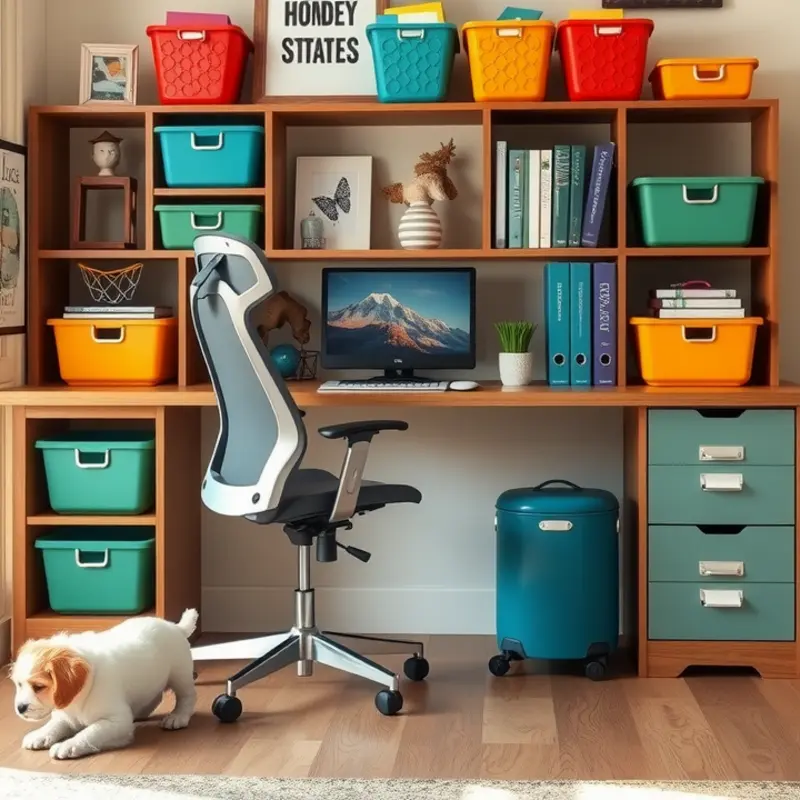
When designing a study space for kids in an apartment, selecting the right furniture is essential for both functionality and safety. Opt for kid-friendly desks and chairs that are not only the right height and size but also adjustable to grow with your child. Consider ergonomic designs that help maintain good posture, reducing the risk of strain during long study sessions. Materials play a crucial role, not just in durability but also in safety. Choose desks made from non-toxic materials to avoid harmful chemical exposure. This is especially vital if your child is prone to touching surfaces frequently or if you have pets that might chew on furniture.
Another important feature of functional furniture is storage. Kids need organizers that are easy to use and encourage tidiness. Use open shelves or cubbies that allow easy access to books and supplies. This setup helps children learn the importance of organization from an early age. For more ideas on creating renter-safe setups, you might explore DIY renter-safe organizers, which can provide additional options to keep the space tidy.
Safety goes beyond the furniture and includes the overall layout of the room. Ensure that there are no sharp edges on desks or bookshelves that might cause injuries during play. If possible, use corner protectors for added safety. Moreover, heavy furniture should be anchored securely to the walls to prevent tipping, especially in households with active pets or younger children who might climb.
Consider the electrical setup as well. Position desk lamps and charging stations so cords are managed properly and clutter is minimized. Cord covers or cable management systems can help keep these out of reach of both children and pets, reducing the risk of tripping or electrical hazards. Another aspect is the use of multi-functional furniture that can adapt to the changing needs of your children. For instance, a desk that doubles as a craft station or a bookshelf with flexible shelving can save space and increase utility.
The choice of seating is equally important. Chairs designed for children that support their back and accommodate their movements can significantly enhance the comfort level. If space is limited, consider foldable options or bench seating with hidden storage compartments. These not only provide seating but also declutter the room.
Incorporating a few fun elements can make the area more inviting. Use colorful storage bins and cushions to add a playful, cozy vibe without compromising on function. Remember, an appealing setup can be more engaging for kids, encouraging them to spend more time in their study area. As you piece together this space, ensuring its adaptability and safety for both children and pets will make it a cherished part of your apartment.
Final words
Creating an apartment-friendly study area for your kids doesn’t have to be overwhelming. By strategically selecting the space and choosing the right furniture, you can establish a cozy, functional study nook that encourages learning while remaining safe for both pets and children. An inviting setup can promote focus and creativity, ensuring your kids have the perfect environment for their academic endeavors. A well-designed study space can enhance their learning experience while catering to the specific needs of your family, making it the ideal solution for apartment living.

